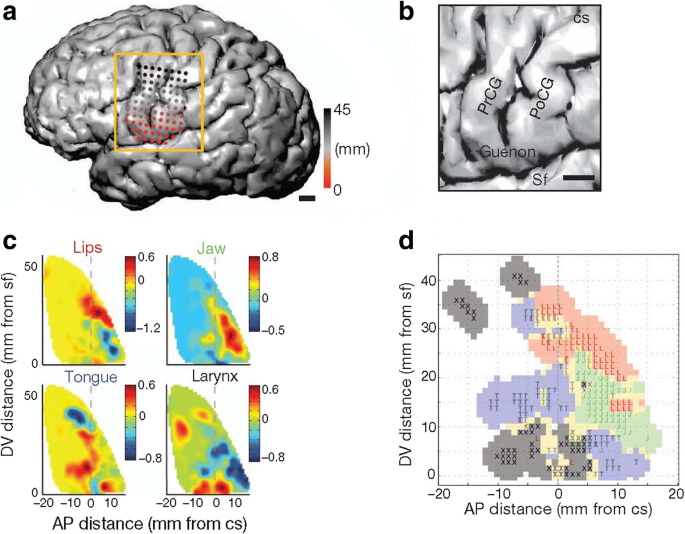

It starts with sound waves entering the ear, striking the eardrum, and causing vibrations that are converted into electric signals. The process by which we’re able to perceive a series of sounds as music is incredibly complex, Silbersweig and BWH psychiatry colleague Samata Sharma, MD, explained in a 2018 paper on the neurobiological effects of music on the brain. This work offers insights into how our brains process music and rhythms. For example, patients with sensory amusia lose the ability to perceive or respond to music, and those with musical hallucinosis perceive music even when there is none playing. His patients include stroke and tumor survivors who have developed music-related conditions from damage to their brain tissue. In his BWH lab, Silbersweig, a neurologist and psychiatrist who co-directs the Neurosciences Center at BWH, uses imaging technology to peer (noninvasively) inside individuals’ brains and observe how their neural circuits fire in real time. Among other projects, they are collaborating with faculty at Boston’s Berklee Music and Health Institute to study the role of music in supporting critical care providers on the front lines of COVID-19. Silbersweig and Haddad are both musicians (he plays trombone, drums, and guitar, and she sings and plays guitar) with longstanding interests in how music excites the brain-and how it can be used to improve health. “We’re all dealing with this very stressful and traumatizing situation, and music is universally accepted as something helpful during these periods,” says Haddad. That so many people have used music as a way to connect, console, and lift spirits during these unsettling times comes as no surprise to David Silbersweig, MD, chair of the Department of Psychiatry at Brigham and Women’s Hospital (BWH) and the Stanley Cobb Professor of Psychiatry at Harvard Medical School, and Nikki Haddad, an incoming BWH psychiatry resident who earned her MD this May from Brown University’s Warren Alpert Medical School. They sang from their balconies, performed virtual fundraising concerts, and created both silly and serious tunes about hand washing, physical distancing, and other aspects of pandemic life. As COVID-19 spread insidiously around the globe this spring, people sought solace in music.


 0 kommentar(er)
0 kommentar(er)
